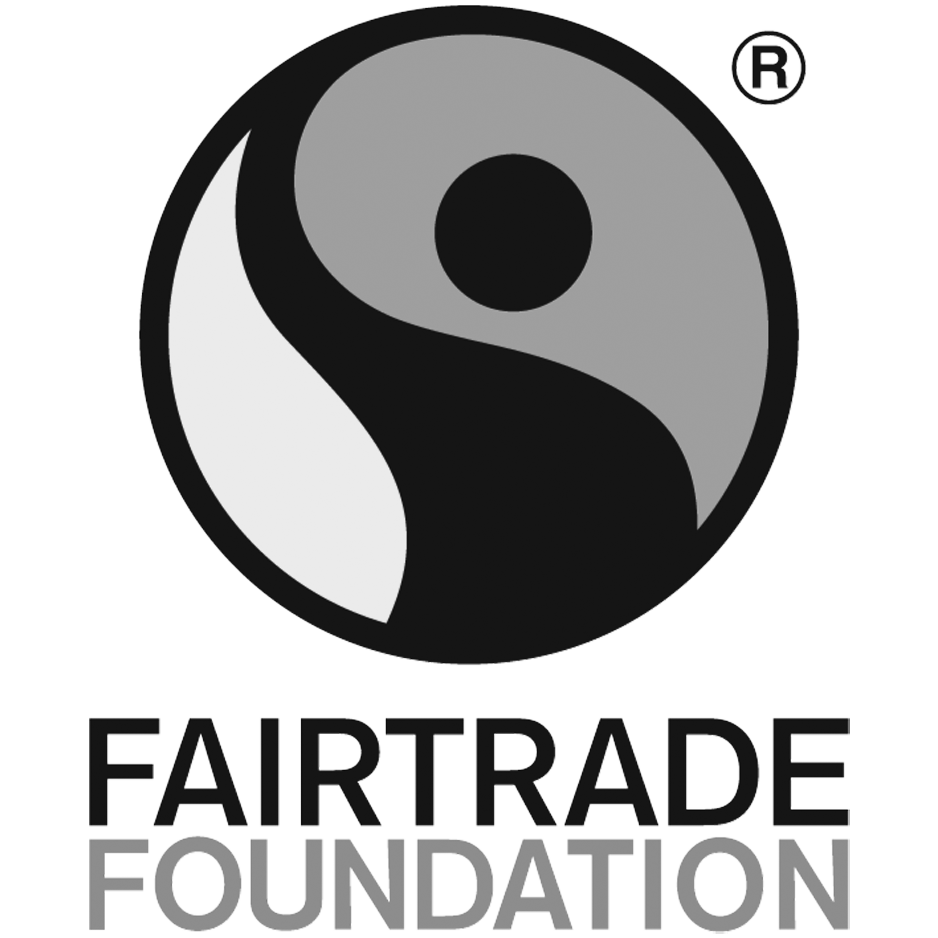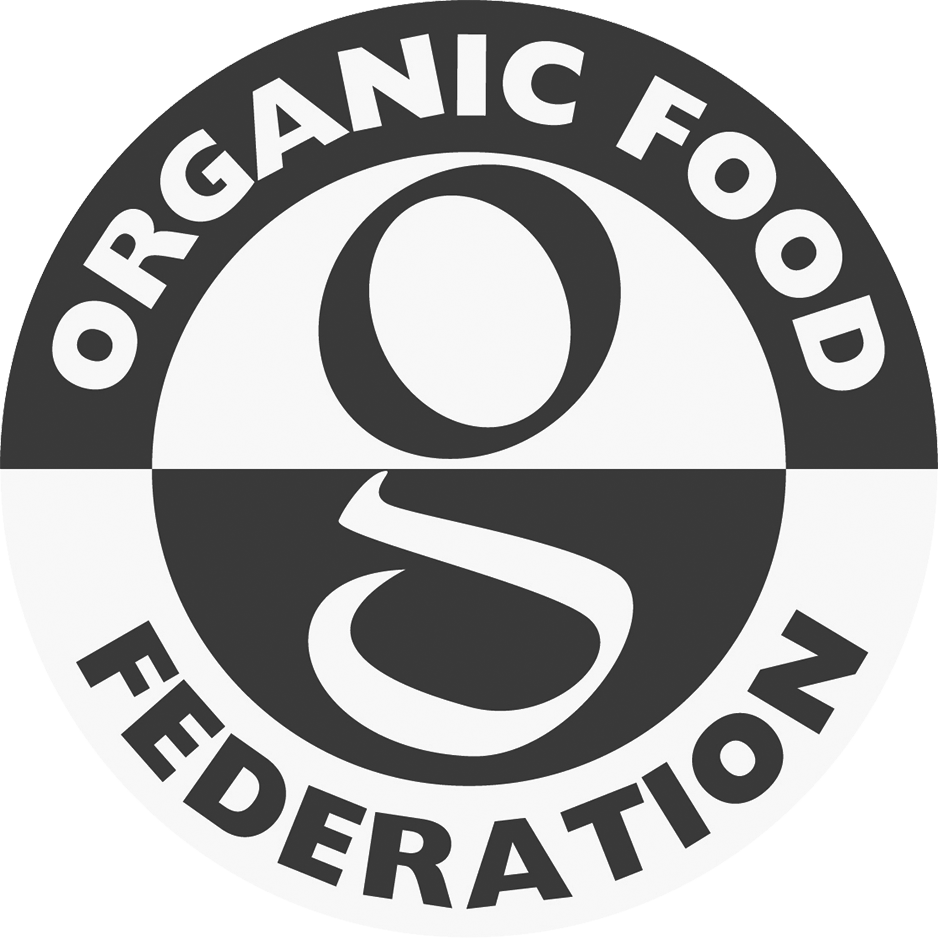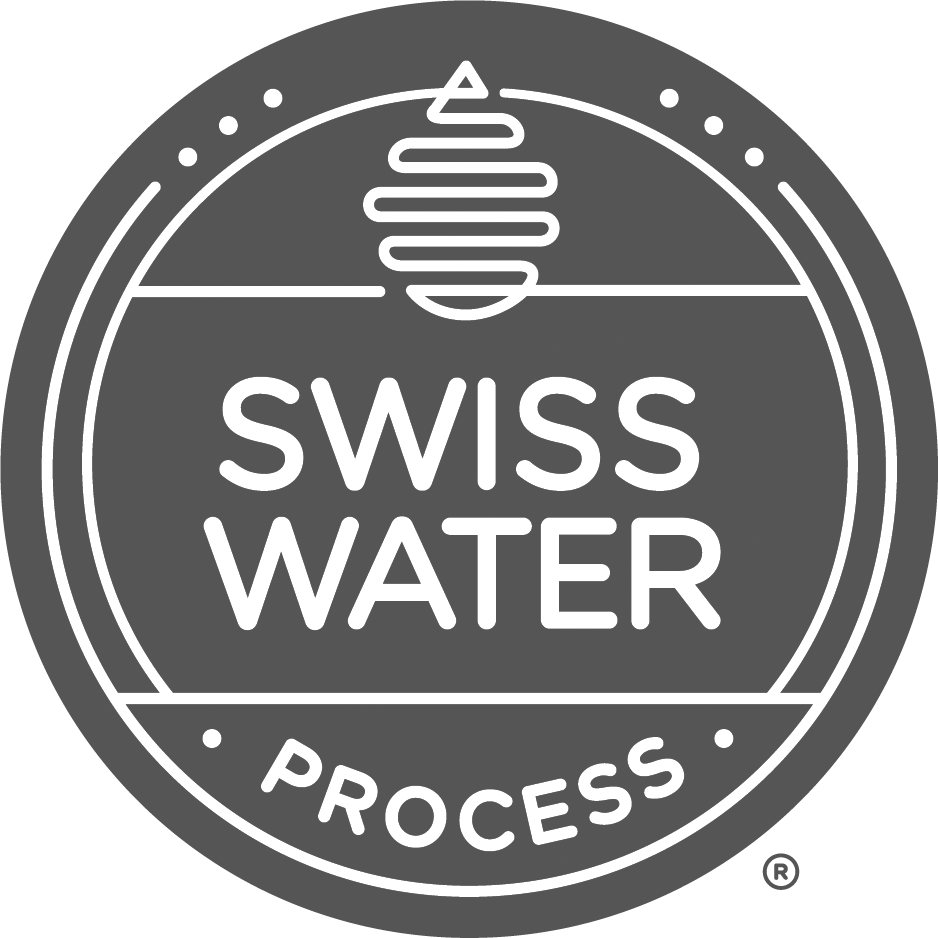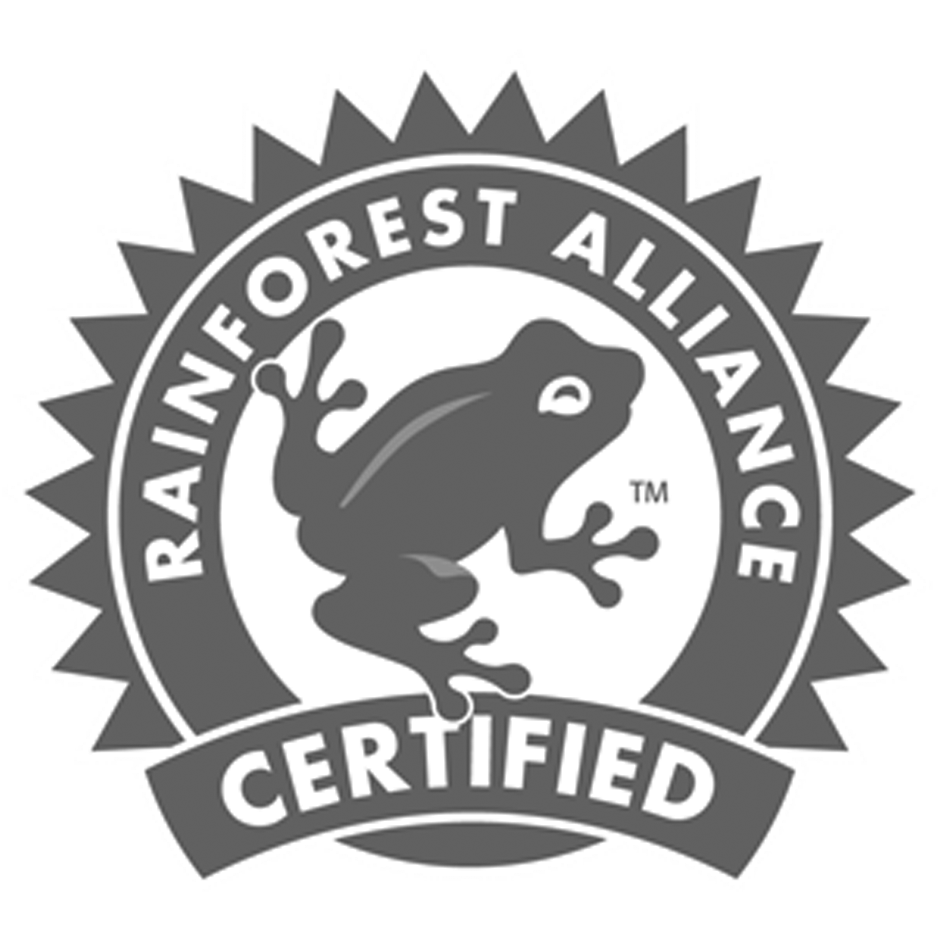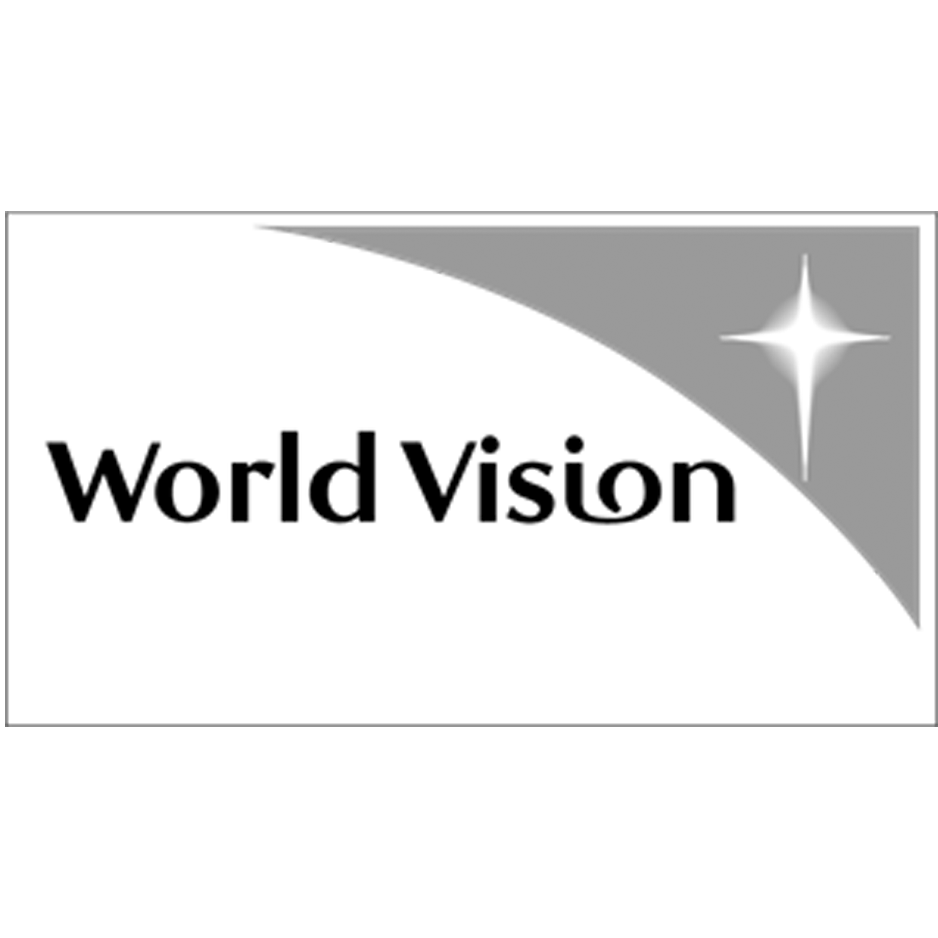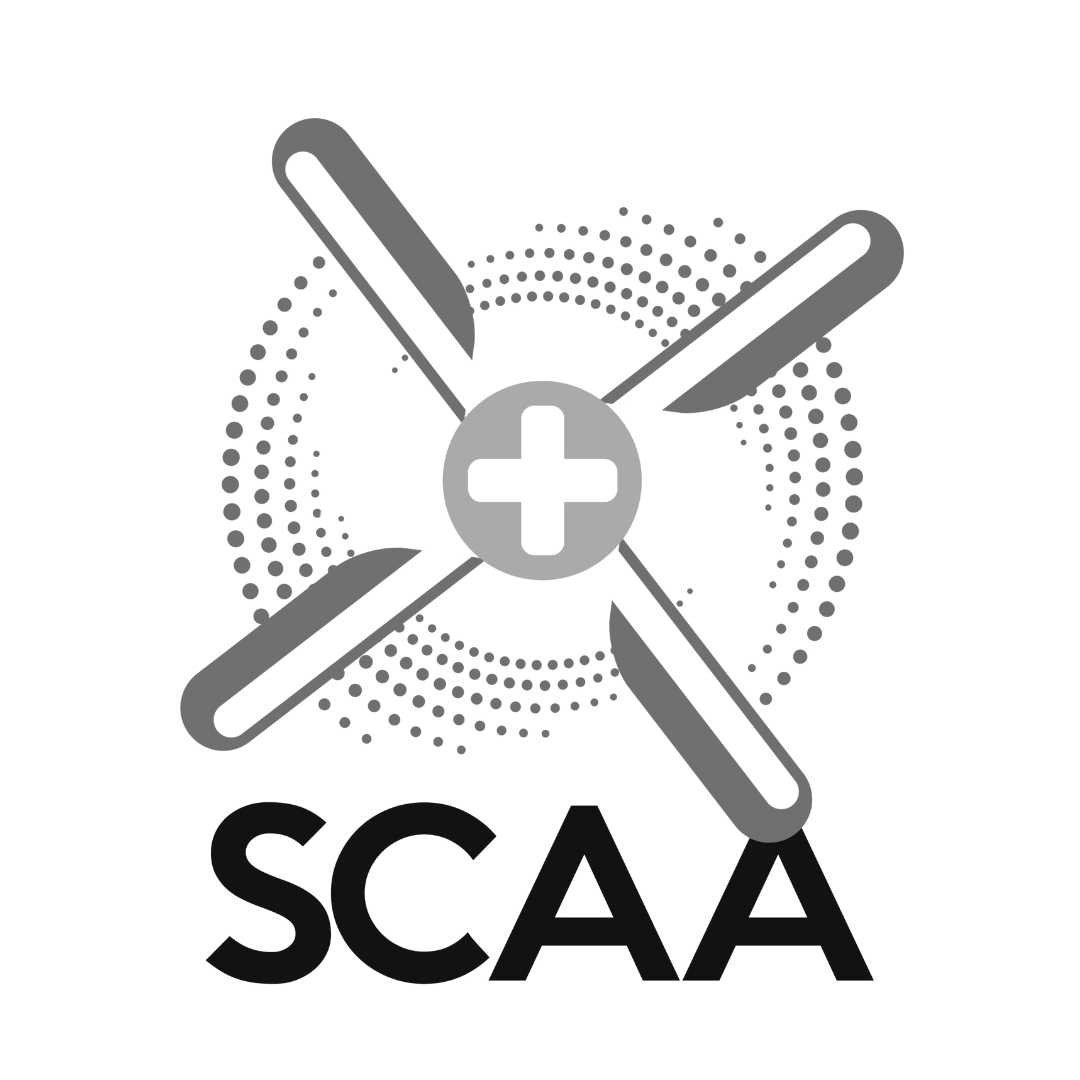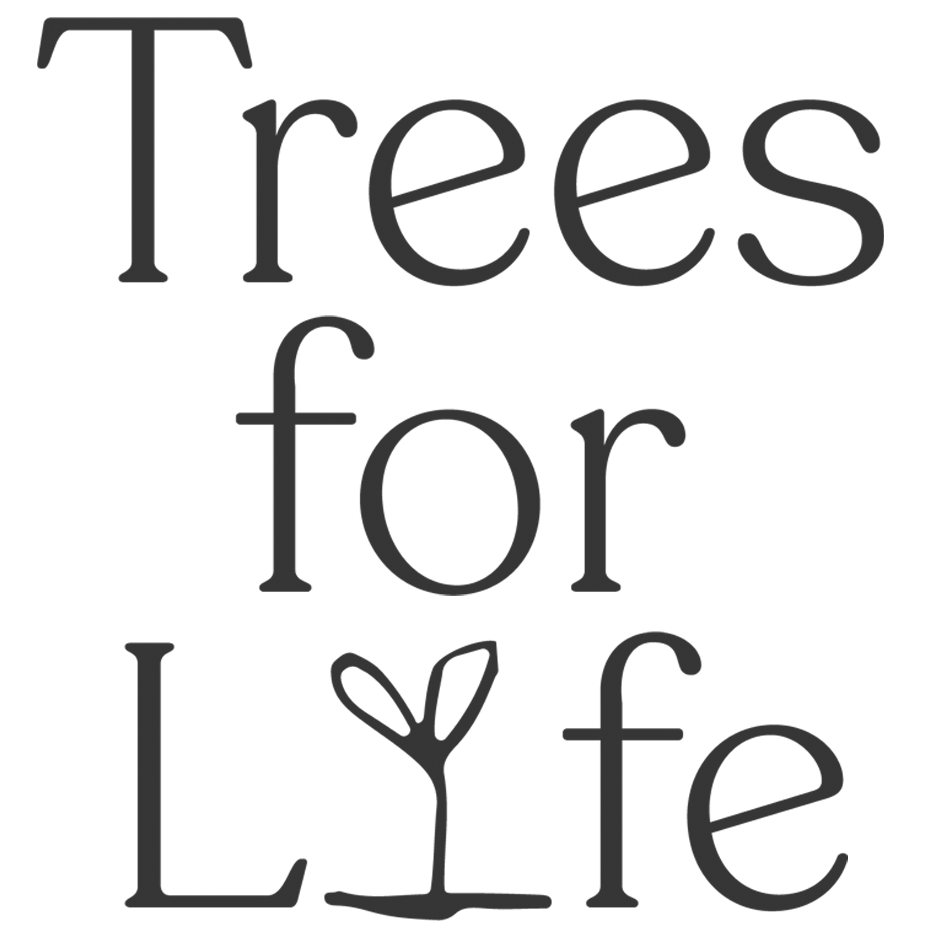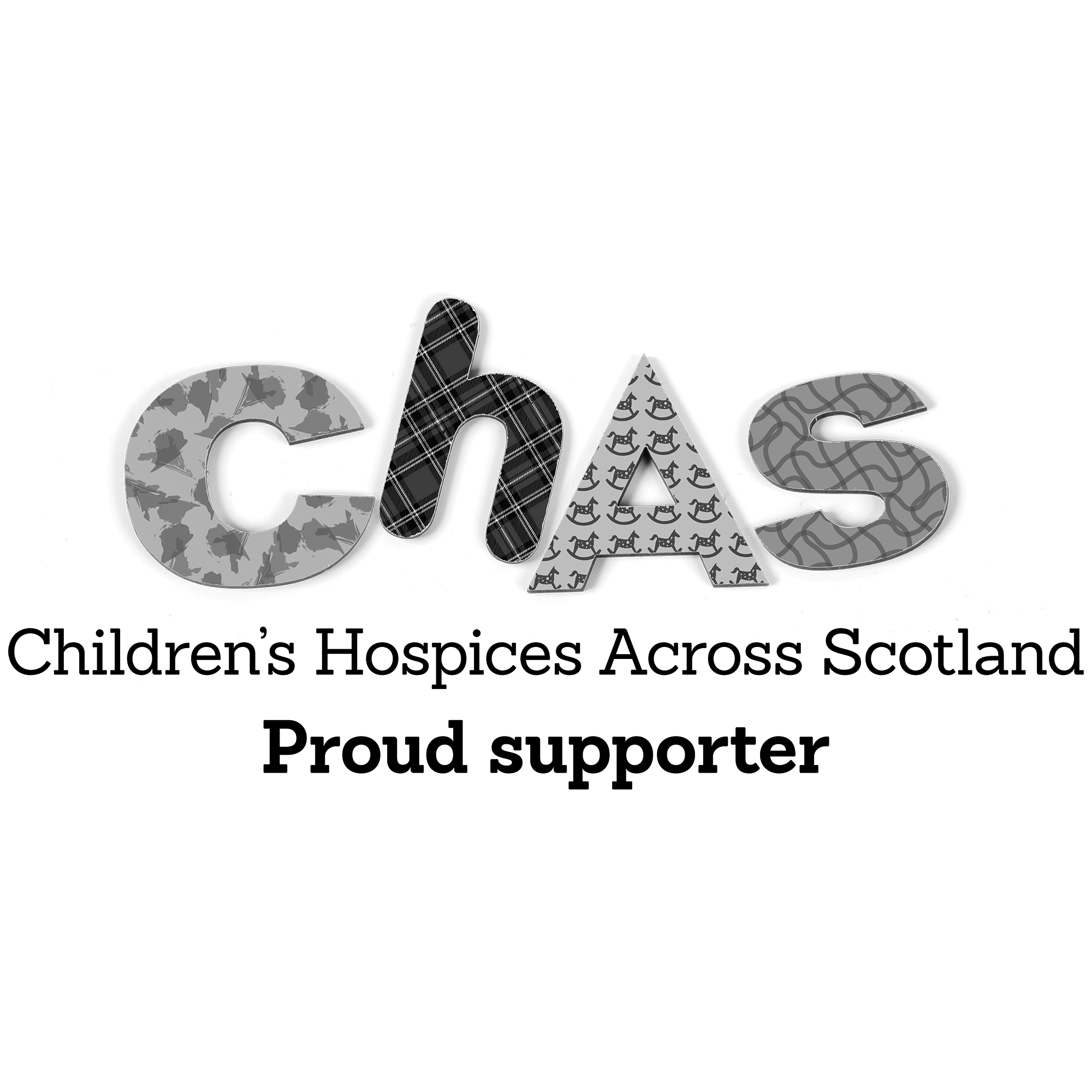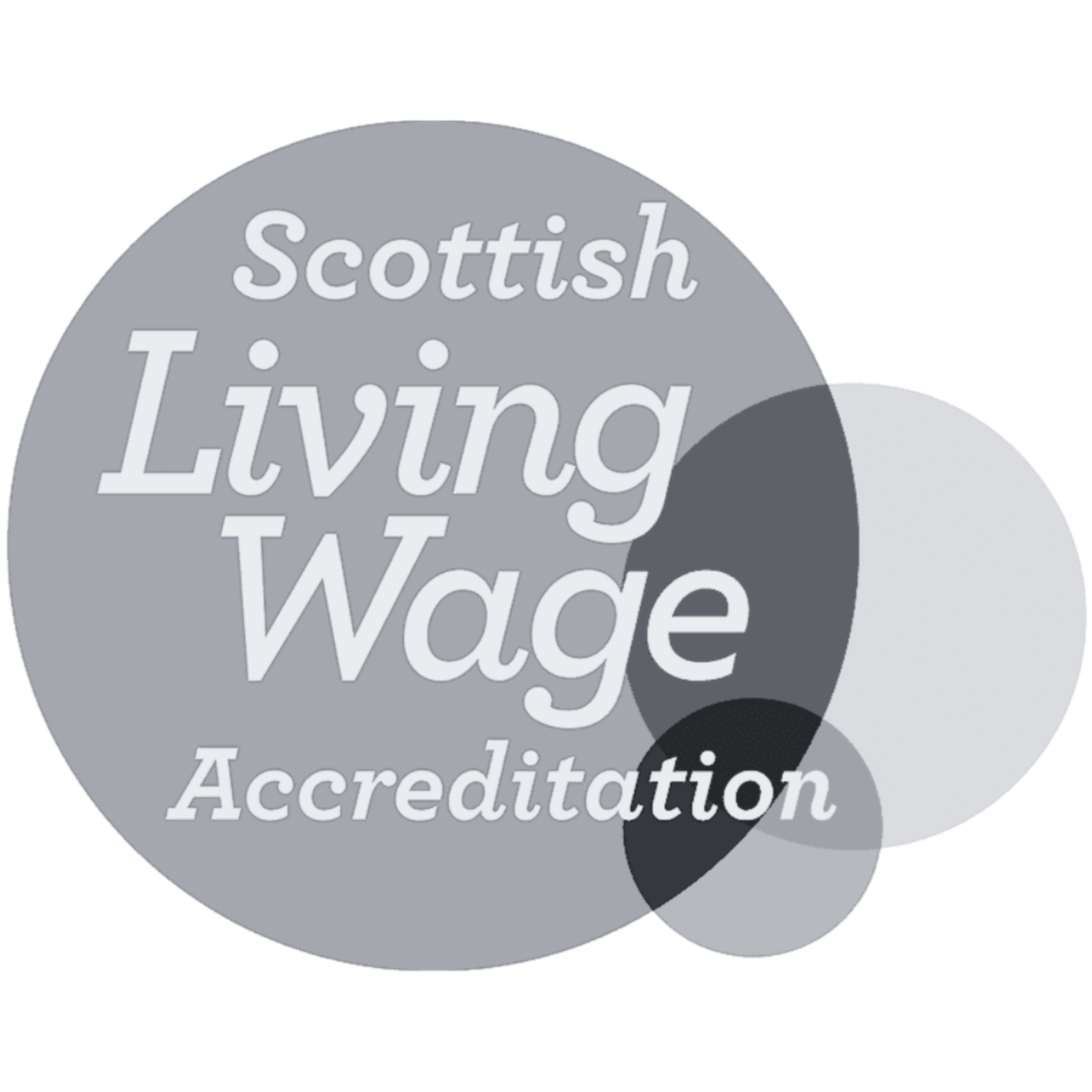Certified Coffees
Utz certified
is a label and a program for sustainable agriculture. The program was launched in 2002 and is the largest scheme for coffee, tea and cocoa. UTZ certified producers comply with a code of practices covering sustainable and professional coffee growing. This includes efficient farm management, labour policies that comply with national and international regulations, accepted use of fertilisers and pesticides. The UTZ scheme is very popular because it encourages producers to join and then urges continual improvement rather than imposing a set of strict conditions for participation in the scheme. The UTZ Certified scheme has three main objectives.
Good Agricultural Practices
Proper training of workers
Accident and emergency training
Traceability
Annual inspections
Record keeping of fertilizers and agrochemicals
Social Criteria
Protection of workers by national and international labour conventions
Access to healthcare for workers and their families
Education for children
Clean drinking water
Freedom of cultural expression
Acceptable housing standards
Environmental Criteria
Prevention of soil erosion
Minimal use of agrochemicals
Minimal use of water and protection of water supply
Use of sustainable energy sources
No deforestation
Protection of endangered species
Use of indigenous trees as shade
Utz coffee is traceable from producer to roaster with a web based traceability system.
Rainforest Alliance
The Certification scheme originated with sustainable forestry program in 1989. The organisation was founded in New York City in 1987 by Daniel Katz. The original program certified that forestry operations met certain social and environmental standards. Products marked with the Rainforest Alliance symbol gave consumers peace of mind that the product originated in areas where biodiversity and the rights of workers and indigenous people were conserved. The Rainforest Alliance’s sustainable tropical agriculture program was launched in 1991. Farms obtained certification by adhering to a set of environmental and social standards which include agrochemical reduction, ecosystem conservation, worker health and safety, provision of medical facilities and education for children.
In 1995 the first coffee farms were Rainforest Alliance Certified in Guatemala. The certification scheme has proved to be very popular and a great variety of Rainforest Alliance certified origins are available. Rainforest Alliance does not prohibit inclusion of larger coffee conglomerates. The scheme is favoured by multinational food producers such as Kraft and Unilever. The Rainforest Alliance labeling regulations permit the use of their seal on coffee containing only 30% RFA certified product. We will only use the Rainforest Alliance symbol on 100% RFA certified coffee.
Fair Trade
The movement arose out of the imbalance between the prices paid for some commodities at source and the prices they were ultimately sold for in the developed countries where they were consumed. The objective of the Fair Trade movement was to improve the trading conditions of producers in the developing countries thereby allowing greater sustainability and improvements to social and environmental standards.
At the source of coffee production The Fairtrade Organisation has a set of criteria for allowing the grower to participate in the Fairtrade scheme. These criteria include size of the farm, conditions of employees, labour standards, cultivation methods and environmental standards. Many of the primary producers form into co-operatives to deal with the coffee buyers. The Fairtrade organisation pays an above market price premium to the co-operative which should be invested back into social improvements.
In the UK the Fairtrade Labelling Organisation are responsible for licensing the Fairtrade mark. The organisation audits practices of raw coffee suppliers and coffee roasters to ensure that the Fairtrade Standards are complied with. A licensed Fairtrade roaster must buy Fairtrade green coffee from a registered supplier. The roaster pays a price premium for the raw coffee to the green bean merchant and pays a levy based on turnover to the Fairtrade Labelling Organisation. A proportion of these fees are passed up the supply chain to the producers. A proportion is utilised on running the organisation and marketing efforts. Fairtrade is the most widely recognised ethical trading standard. There are currently 500 Fairtrade towns, 120 Fairtrade universities, over 6000 Fairtrade churches and 4000 Fairtrade Schools.
Swiss Water Process Decaf
WE’RE ABOUT ECOLOGY and SCIENCE
Our ecology-friendly water decaffeination process uses simple science to remove caffeine from green coffee beans. Still, it’s a bit more complicated than your average high school science class, so in short let’s just say you’re getting all the things you love about coffee without the caffeine.
People drink decaffeinated coffee for a variety of reasons. However, it’s important to know that decaffeination methods vary. Most use chemical solvents such as methylene chloride or ethyl acetate to strip caffeine molecules from the green coffee bean. And some leave behind more caffeine than you would think.
Alternatively, the proprietary SWISS WATER® Process uses water from the pristine environment of the coast mountains of British Columbia, Canada to gently remove the caffeine until the coffee beans are 99.9% caffeine-free, while maintaining the bean’s distinctive origin and flavor characteristics. It’s decaffeinated coffee without compromise.
How do you know how your coffee is decaffeinated? This is difficult unless the coffee package labeling identifies the method or process. Coffee brands using SWISS WATER® Process communicate their decaffeination choice by use of the Swiss Water® Process seal or wordmark. It’s a way to help you know. At the Bean Shop we only use Swiss Water Decaf Beans.
ABOUT COFFEE and CAFFEINE
Caffeine is a natural occurring substance that is present in the leaves, seeds and fruits of more than sixty different plant species worldwide. Many food and beverage products made from these plants inherently contain varying amounts of caffeine
A typical 12oz cup of caffeinated coffee contains between 120 mg to 180 mg of caffeine while a decaffeinated cup of coffee the same size has caffeine levels anywhere between 2 mg and 6 mg. The blend composition, extraction rates, water temperature, grind and roast can all minutely affect the final caffeine levels found in decaf coffee and accounts for the difference.
Espresso has similar caffeine content on a volume basis to brewed coffee. Therefore, decaf espresso will have only trace amounts of caffeine, similar to the caffeine content of brewed decaf.
DECAFFEINATION STANDARDS
In the US, decaffeinated coffee has a guideline that requires 97% of the caffeine to be removed from a green coffee bean. Being a guideline, as opposed to a standard, provides roasters more flexibility in terms of the percent of caffeine removed. However, in Canada and the international community, 99.9% caffeine-free is the recognized standard for decaffeinated coffee based on the maximum allowable caffeine level remaining in a decaffeinated green coffee bean.
Coffee decaffeinated using the environment-friendly SWISS WATER® Process undergoes regular caffeine level audits to ensure compliance to 99.9% caffeine-free. We take pride in setting high quality standards and have a Certificate of Analysis (COA) for every batch of beans we decaffeinate with our water decaffeination process.
